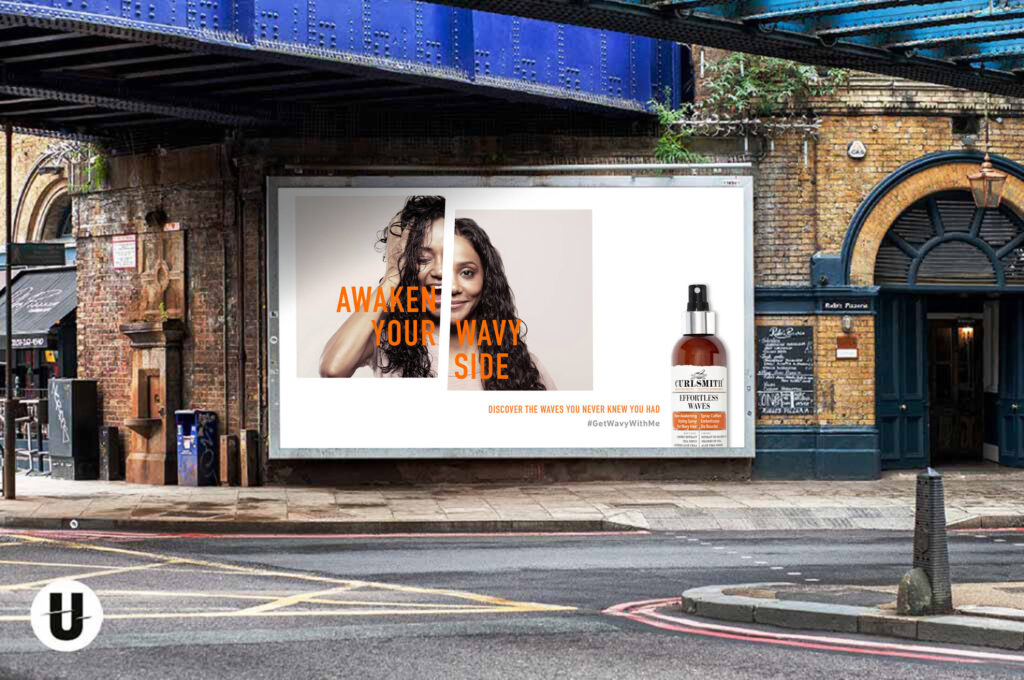In the world of digital out-of-home (DOOH) marketing, attracting customers in seconds is both an art and a science. The intersection of psychology and design plays an important role in changing consumer behavior and ensuring the effectiveness of DOOH advertising campaigns. Understanding how design affects perception and action can make the difference between a successful campaign and one that backfires. Let’s take a look at the psychological principles behind the best DOOH brands and how they shape consumer behavior.
THE POWER OF VISUAL APPEAL
- Color Psychology
Colors have a powerful effect on emotions and behavior. Different colors evoke different emotions; For example, red can create urgency or excitement, while blue is often associated with confidence and calm. Choosing the right color palette is crucial in digital out-of-home marketing. Bright, contrasting colors can quickly attract attention, while a good color combination can make content interesting and memorable.
- Simplicity and clarity
In a world where consumers are addicted to information and knowledge, simplicity is crucial. A sleek and uncluttered design allows viewers to process information quickly. The principle of ‘less is more’ applies: using small text, striking images and calls to action ensures the message is conveyed effectively. This method reduces cognitive load, making it easier for the viewer to understand and respond.
SENSORY INVOLVEMENT
- Movement and animation
Movement attracts attention. People are naturally attracted to movement, which makes animated DOOH ads more engaging and engaging than static images. Simple visuals, such as moving images or dynamic images, can help message retention and increase engagement by directing the viewer’s attention to the most important parts of the ad.
- Multisensory experience
Although DOOH is the initial form of exposure, combining other sensory elements can enhance its effect. For example, a touchscreen that responds to touch or movement can create an immersive experience. Some advanced DOOH tools even use sound or smell to engage multiple senses, making the ad more memorable.
PSYCHOLOGICAL TRIGGERS
- Emotional appeals
Emotions drive decision-making DOOH ads that evoke strong emotions (excitement, curiosity, nostalgia, or enjoyment) are more likely to resonate with viewers. Visual stories can evoke emotions and make advertising more effective.
- Social Proof and FOMO
Fear of missing out (FOMO) is social proof and motivation. DOOH ads, popular products, user testimonials, or social media can leverage this mindset. Seeing others interact with or endorse a product can lead viewers to make their own decisions.
ROWS AND THEIR IMPORTANCE
- Location Based Importance
One of the unique benefits of DOOH is the ability to target audiences based on your location. Ads can be tailored to a specific audience, making them more targeted to the target group. For example, an ad for a nearby restaurant may appear during lunch in a crowded city, making the consumer more likely to take immediate action.
- Time-adapting
Technology allows DOOH ads to adapt to external conditions such as weather, time of day, or events in real-time. This adaptability means content is always relevant, increasing engagement and effectiveness. For example, a coffee ad might make the ad more appealing by changing the message to “Hot coffee” when the weather is cold.
CONCLUSION:
Impressive Designs DOOH advertising design is not just about aesthetics; It is about understanding and applying psychological principles to influence consumer behavior. By emphasizing visual focus, sensory appeal, emotional appeal, and relevance validation, marketers can create powerful DOOH campaigns that capture attention and encourage action.
As technology continues to evolve, the combination of psychology and design will become increasingly important in the world of digital outdoor advertising. PostMyAd is the world’s first DIY app-based platform for Programmatic DOOH. It aims to help advertisers to manage their ads remotely from anywhere, whenever they want. PostMyAd targets specific audiences by hyper-targeting and focuses on getting the maximum exposure.
Click here to know more about “Advertising Psychology: How to create Persuasive Ads”

